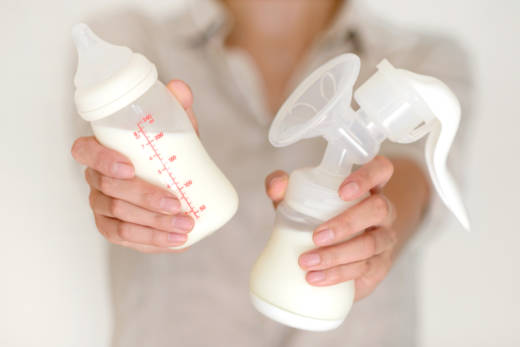MONTEBELLO, Calif. — Wendy Wan, 31, said American infant formula is advertised in her native China as the most nutritious food for a newborn.
“It sounds like it’s premium,” said Wan, who gave birth in early May at Beverly Hospital here. Wan said she was skeptical of the ads and had planned to feed her baby son only breast milk. But when her milk failed to come in quickly, she didn’t hesitate to supplement it with formula.
“I prefer breastfeeding, but I think it’s almost the same,” she said from her hospital bed the day after her son was born.
It’s not the same. The American Academy of Pediatrics recommends exclusive breastfeeding for the first six months of a baby’s life because of the well-known health benefits for both infants and mothers. Women, like Wan, who start with the intention of feeding their babies exclusively breast milk but then supplement it with formula while still in the hospital are nearly three times more likely to stop breastfeeding within two months, according to one study.
California has made significant progress in recent years promoting exclusive breastfeeding in hospitals, but many women aren’t sticking with it. All but a small fraction of women start breastfeeding while in the hospital, but nearly one-third introduce their babies to formula before leaving, according to datafrom the California Department of Public Health.

 And significant disparities — both ethnic and socioeconomic — persist. While women of color are exclusively breastfeeding their babies more frequently than in the past, they still lag far behind whites: In 2016, nearly 82 percent of white moms gave their infants only breast milk in the hospital, compared with 60 percent of black moms and 65 percent of Asian and Latina moms, according to the department’s
And significant disparities — both ethnic and socioeconomic — persist. While women of color are exclusively breastfeeding their babies more frequently than in the past, they still lag far behind whites: In 2016, nearly 82 percent of white moms gave their infants only breast milk in the hospital, compared with 60 percent of black moms and 65 percent of Asian and Latina moms, according to the department’s 